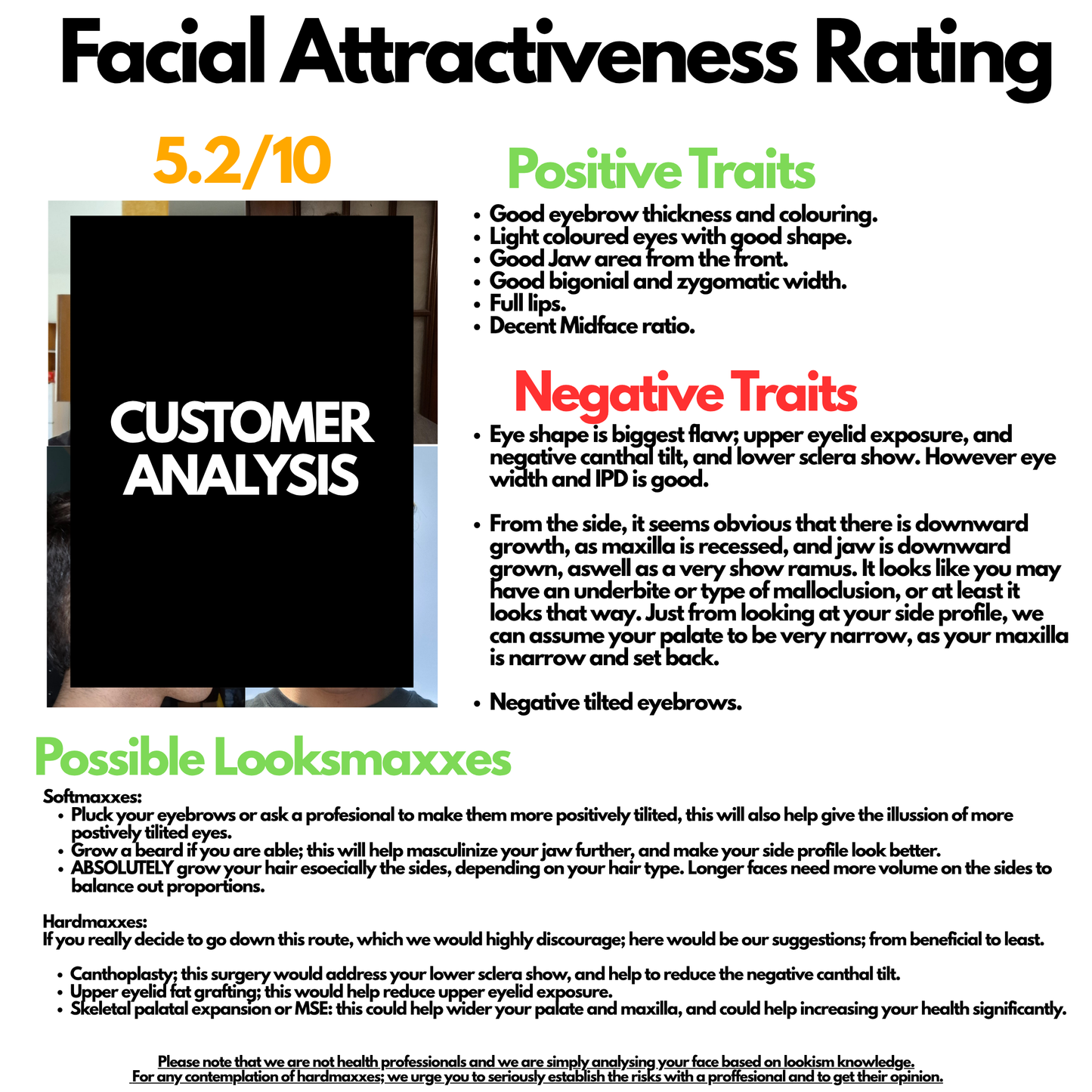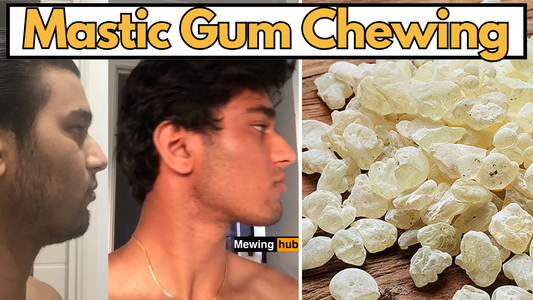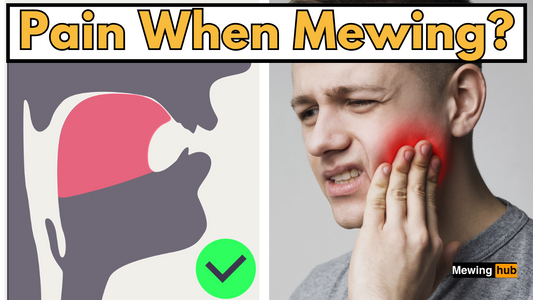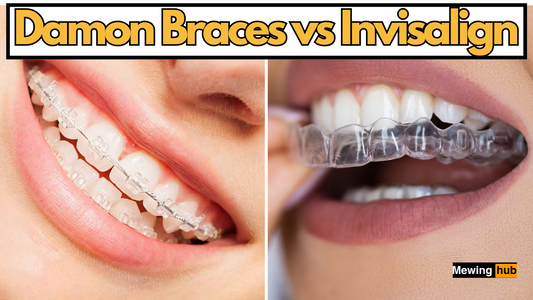When Does the Jaw Stop Growing? A Comprehensive Guide to Facial Development
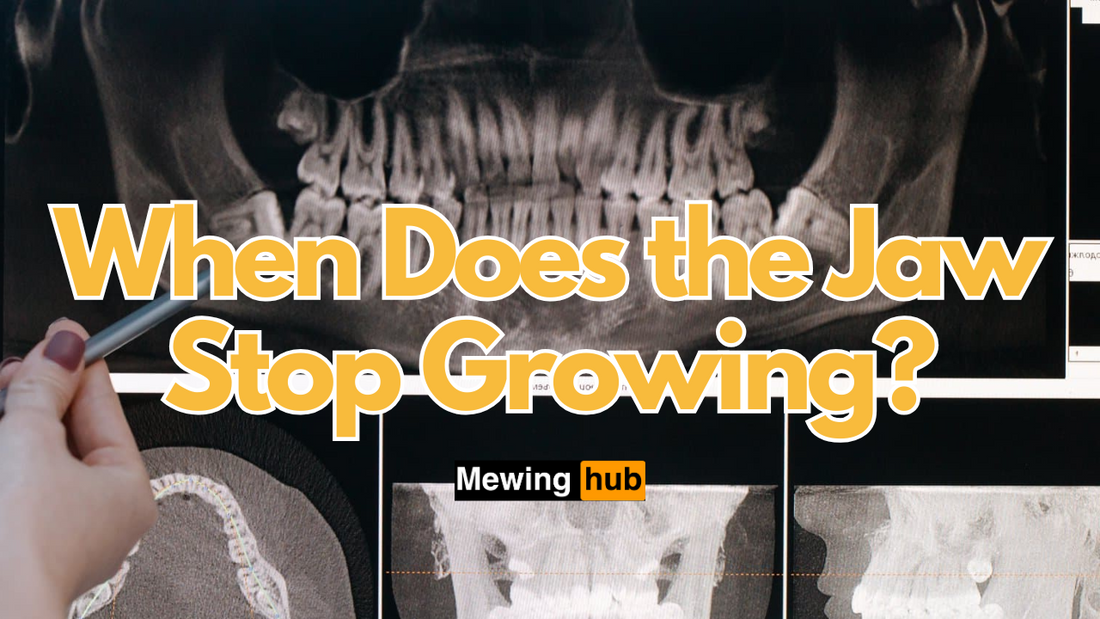
Partager
Understanding when the jaw stops growing is crucial for anyone interested in orthodontics, facial aesthetics, or overall skeletal development.
This comprehensive guide explores the complexities of jaw growth, differentiating between males and females, the upper and lower jaw, and the various factors that influence facial development.
Whether you're considering orthodontic treatment or simply curious about your facial structure, this information will provide valuable insights. We will also explore keywords such as "when does the female jaw stop growing", and "when does the jaw bone stop growing".
Understanding Jaw Growth: An Overview
Jaw growth is a complex process that occurs over many years, beginning in infancy and continuing through adolescence and early adulthood. It's influenced by a combination of genetic, hormonal, and environmental factors.
Knowing when the jaw typically stops growing can help individuals make informed decisions about orthodontic treatment and understand potential changes in their facial appearance over time.
When Does the Human Jaw Stop Growing?

The human jaw doesn't stop growing abruptly at a specific age but rather experiences a gradual cessation of growth. In general:
-
Most significant jaw growth occurs during puberty.
-
Growth slows down considerably in the late teens and early twenties.
-
Minor changes can continue into the mid-twenties, especially in males.
When Does the Male Jaw Stop Growing?

When does the male jaw stop growing typically occurs later than in females. Here's a more detailed timeline:
-
Adolescence (12-16 years): Rapid jaw growth during the teenage years.
-
Late Teens (17-19 years): Growth begins to slow down but can still be noticeable.
-
Early Twenties (20-25 years): Jaw growth typically ceases, though minor changes may still occur.
Factors Influencing Male Jaw Growth:
-
Testosterone: The primary male sex hormone, which plays a crucial role in bone growth and development.
-
Genetics: Inherited traits significantly influence jaw size, shape, and growth patterns.
-
Nutrition: A balanced diet rich in calcium, vitamin D, and protein supports optimal bone development.
When Does the Female Jaw Stop Growing?

When does the female jaw stop growing, female jaw growth generally stops earlier than in males:
-
Adolescence (10-14 years): Significant jaw growth during the early teenage years.
-
Mid-Teens (15-17 years): Growth begins to slow down considerably.
-
Early Twenties (20-23 years): Jaw growth typically ceases, with only minimal changes possible.
Factors Influencing Female Jaw Growth:
-
Estrogen: The primary female sex hormone, which affects bone density and facial features.
-
Genetics: Inherited traits play a significant role in determining jaw size and shape.
-
Nutrition: Adequate intake of calcium, vitamin D, and other nutrients supports healthy bone development.
When Does the Upper Jaw Stop Growing?

When does the upper jaw stop growing, the maxilla (upper jaw) and mandible (lower jaw) don't always grow at the same rate or stop growing at the same time. The upper jaw tends to complete its growth slightly earlier than the lower jaw:
-
Females: The upper jaw typically completes its growth by age 16.
-
Males: The upper jaw usually stops growing by age 18.
When Does the Lower Jaw Stop Growing?
When does the lower jaw stop growing, the mandible (lower jaw) often continues to grow for a few years longer than the maxilla:
-
Females: The lower jaw typically completes its growth between ages 18 and 21.
-
Males: The lower jaw usually stops growing between ages 18 and 25.
The continued growth of the lower jaw can sometimes lead to a slight underbite or changes in facial appearance over time.
When Does the Jaw Bone Stop Growing?
When does the jaw bone stop growing, it is important to know that the growth plates in the jawbone, like those in other bones, fuse and stop lengthening. This usually happens by the early to mid-twenties. However, minor remodeling of the bone can continue throughout life in response to various factors.
When Does the Jaw and Chin Stop Growing?
The chin is an important feature of the lower jaw, and its development is closely tied to mandibular growth. The chin typically becomes more prominent during puberty and reaches its final shape around the same time that the lower jaw stops growing:
-
Females: Chin growth usually completes by age 21.
-
Males: Chin growth may continue until age 25.
Factors Influencing Jaw Growth: A Deeper Dive

before and after mewing transformation.
Several factors can affect jaw growth and development:
-
Genetics:
Your inherited genes play a primary role in determining your jaw size, shape, and growth patterns. -
Hormones:
Sex hormones like testosterone and estrogen influence bone growth and density. Hormonal imbalances can affect jaw development. -
Nutrition:
A balanced diet rich in calcium, vitamin D, phosphorus, and other essential nutrients is crucial for healthy bone growth. -
Oral Habits:
Prolonged thumb-sucking, pacifier use, or mouth breathing can affect jaw development, especially in childhood. -
Orthodontic Treatment:
Early orthodontic intervention can guide jaw growth and correct bite issues. -
Medical Conditions:
Certain medical conditions, such as growth hormone disorders or skeletal dysplasias, can affect jaw development. - Tongue Posture:Tongue posture also known as mewing can push and grow the jaw in the right direction. Learn all about how to properly mew now !
Implications for Orthodontic Treatment

Understanding when the jaw stops growing is crucial for planning orthodontic treatment:
-
Early Intervention: For children and adolescents, orthodontic treatment can help guide jaw growth and correct bite problems before growth plates close.
-
Adult Treatment: In adults, orthodontic treatment focuses on aligning teeth within the existing skeletal structure. Corrective jaw surgery (orthognathic surgery) may be necessary to address significant jaw discrepancies.
Maximizing Facial Aesthetics: Looksmaxxing and Jaw Growth
In the context of looksmaxxing, optimizing facial features is a primary goal. Understanding jaw growth can help individuals make informed decisions about enhancing their appearance:
-
Early Intervention: Addressing jaw development issues during adolescence can potentially improve facial symmetry and attractiveness.
-
Adult Options: For adults, non-surgical options like dermal fillers can enhance jawline definition, while surgical procedures can address more significant structural concerns.
Conclusion: Navigating the Complexities of Jaw Growth
Understanding when the jaw stops growing involves considering various factors, including sex, genetics, hormones, and lifestyle habits. While the most significant jaw growth occurs during puberty, minor changes can continue into the early twenties, especially in males.
By being informed about jaw development, you can make proactive decisions about orthodontic treatment, address potential jaw-related issues, and optimize your facial aesthetics. Remember, consulting with healthcare professionals and orthodontists is crucial for personalized guidance and effective treatment plans. Whether you're curious about your jawline or seeking to enhance your appearance, knowledge is the first step toward achieving your goals.





